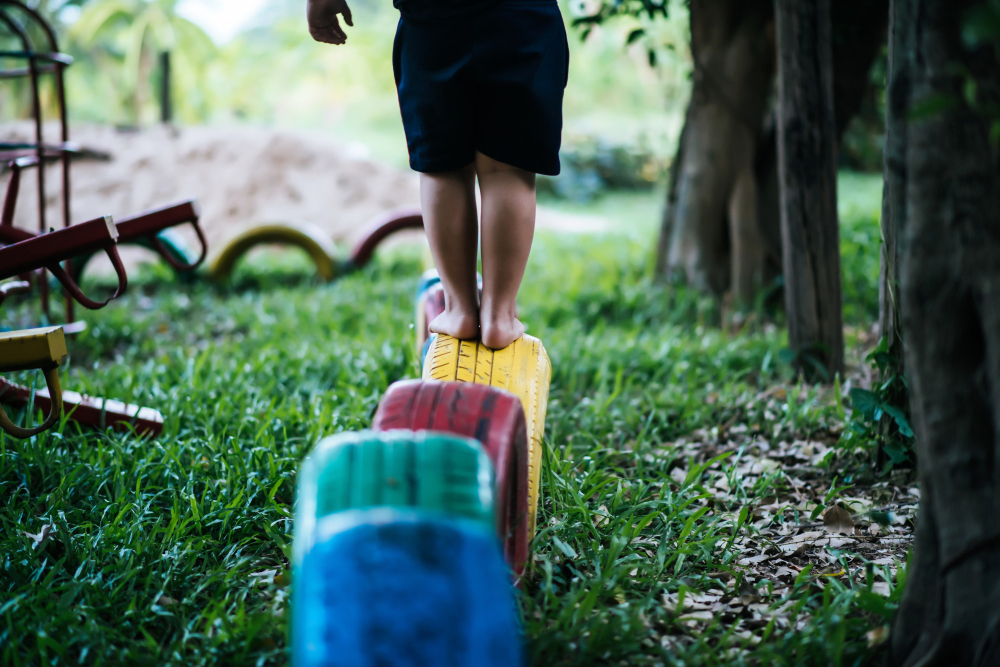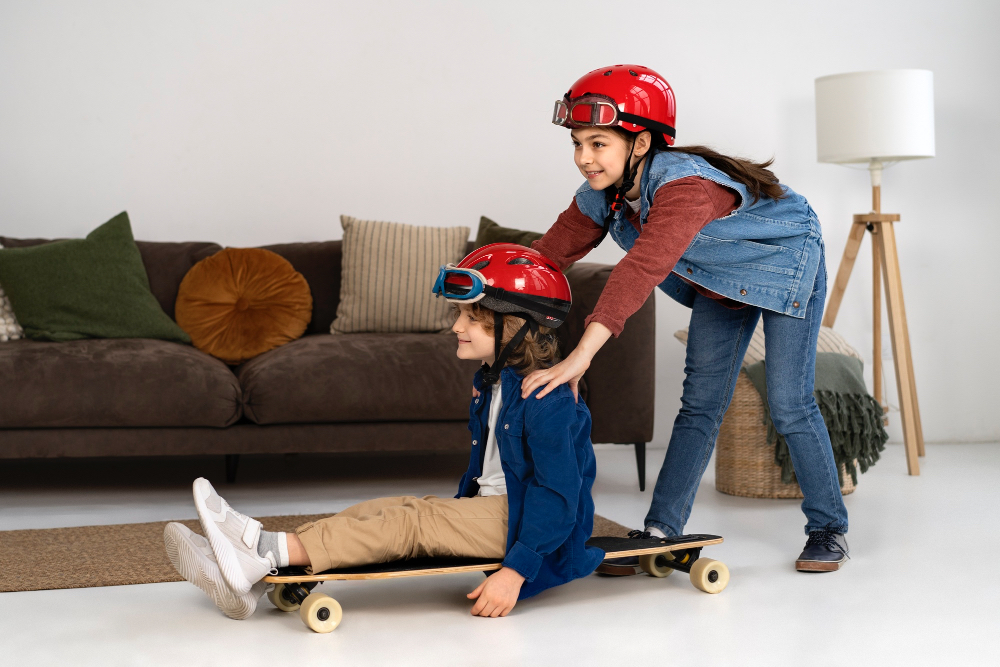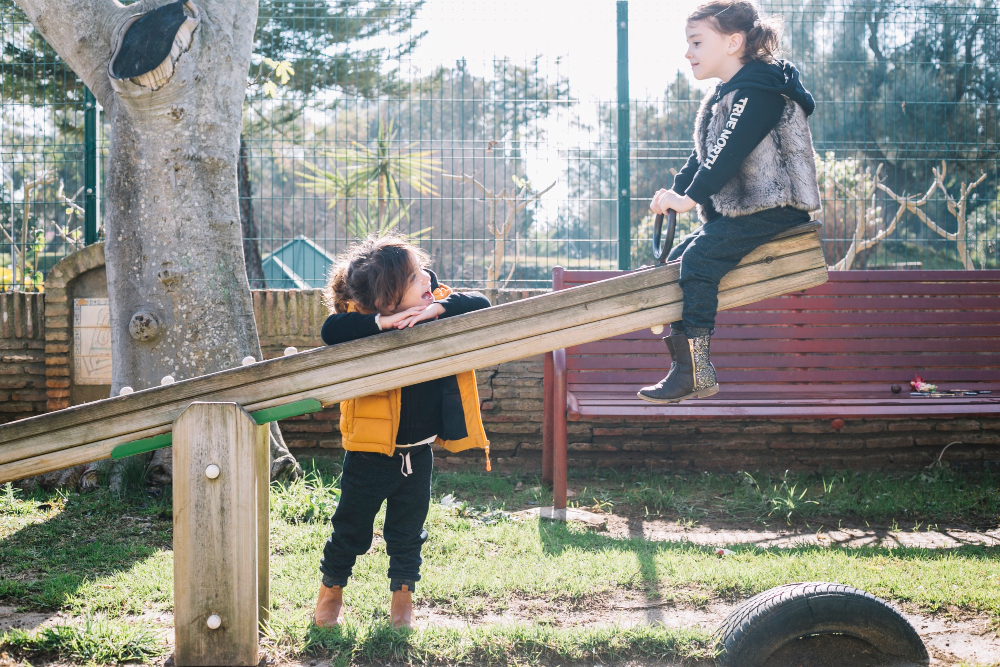Outdoor play spaces are essential for encouraging active play in children, promoting physical activity, creativity, and social interaction. Whether it’s a backyard, park, or a simple patch of grass, these spaces provide opportunities for kids to run, climb, explore, and connect with nature. In this article, we’ll explore how to create engaging outdoor play spaces that inspire active play and support overall child development.
1. Benefits of Outdoor Active Play
Encouraging active play in outdoor spaces provides numerous physical, mental, and emotional benefits.
- Physical Fitness: Running, jumping, and climbing build strength, coordination, and overall health.
- Mental Wellness: Outdoor play reduces stress and improves focus, boosting emotional well-being.
- Social Skills: Playing outside with peers fosters teamwork, communication, and problem-solving.
2. Essential Features of Outdoor Play Spaces
Designing an outdoor play space doesn’t have to be complicated—focus on key elements that encourage active play.
- Open Space: Leave plenty of room for running, jumping, and other free-form activities.
- Climbing Structures: Add features like monkey bars, climbing walls, or rope ladders to challenge physical skills.
- Natural Elements: Incorporate logs, rocks, or trees to create a natural, engaging environment.
3. DIY Ideas for Outdoor Play Spaces
You don’t need a big budget to create a fantastic play space. Here are some simple DIY ideas:
- Obstacle Courses: Use household items like hula hoops, cones, and ropes to set up an obstacle course.
- Sandbox Fun: A sandbox provides endless opportunities for digging, building, and sensory play.
- DIY Swing Set: If you have a sturdy tree, a simple swing can bring hours of joy and active play.
4. Safety Tips for Outdoor Play
While encouraging active play, safety should always come first.
- Supervision: Always supervise young children during outdoor play.
- Inspect Equipment: Regularly check play equipment for wear and tear to prevent injuries.
- Safe Surfaces: Use soft surfaces like mulch or grass to cushion falls and reduce the risk of injury.
5. Using Outdoor Play Spaces Year-Round
Don’t let seasonal changes stop your kids from enjoying active play outdoors.
- Dress Appropriately: Invest in weather-appropriate clothing, like raincoats, boots, or winter jackets, to keep playtime safe and comfortable.
- Adapt Activities: In colder months, try activities like snowman building or leaf collecting.
- Encourage Exploration: Every season offers unique opportunities for kids to learn and explore, from jumping in puddles to observing seasonal changes in nature.
Conclusion:
Outdoor play spaces are invaluable for encouraging active play and supporting children’s physical, emotional, and social development. By creating safe, engaging environments filled with opportunities for exploration and movement, you can inspire your kids to stay active and connected to the natural world. Whether in your backyard or a community park, outdoor play spaces offer endless possibilities for fun and growth.



